
This week delivered a whirlwind of drama, everything from the thunderous hooves of thousands of wildebeest crossing the river to the solitary grace of a young, wild black rhino. Even though year-round the Mara offers plenty of wild encounters, there is something truly special about witnessing the unique spectacle of the Great Migration. We drove to multiple crossing points early in the morning with our experienced Guide, Njiriri, who previously worked in the Mara guiding for many years and was determined to show our guests a crossing. After mainly driving Angama guests in Nairobi for the past two years, it was a nostalgic and exciting time for him.
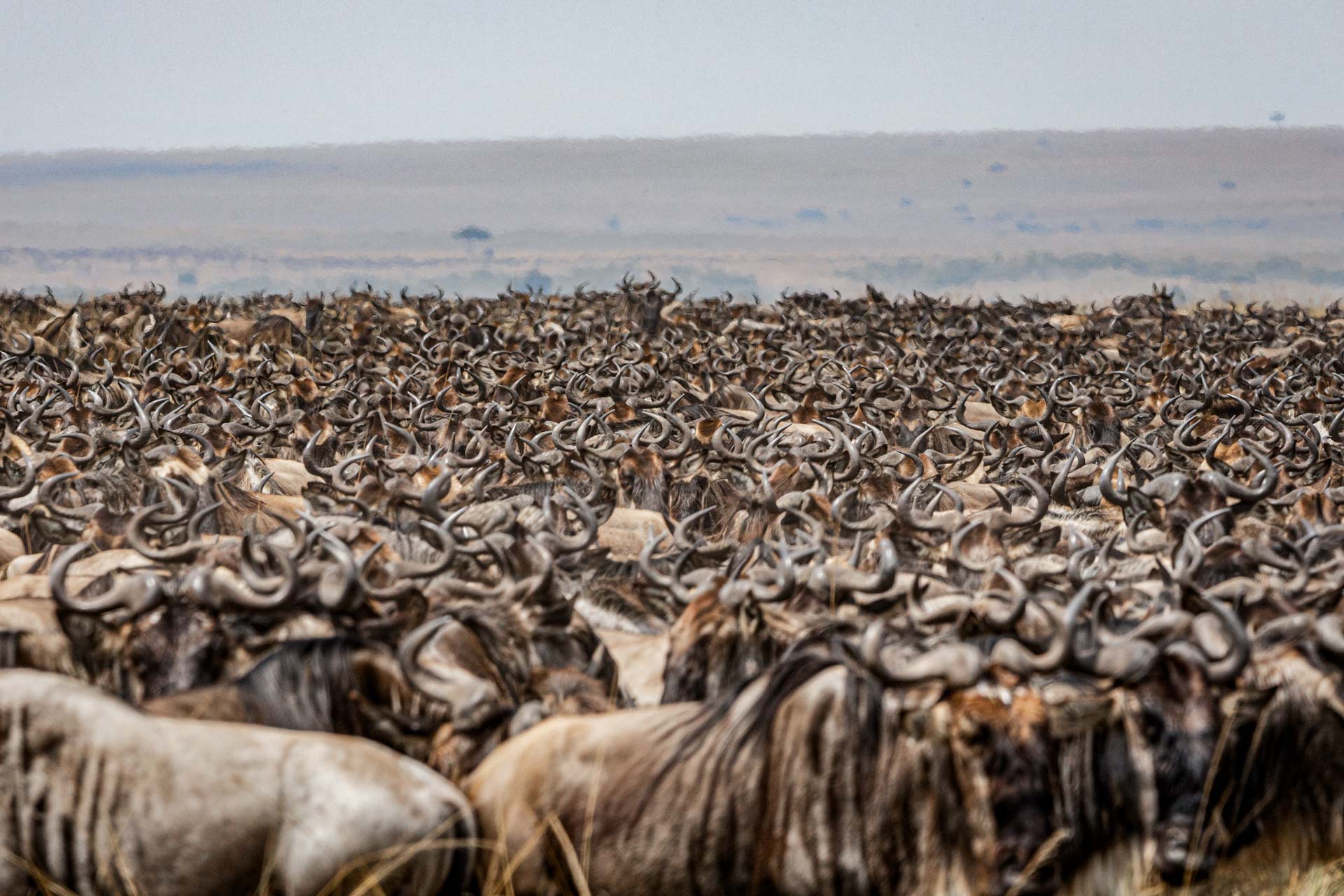
We went to a location with a high vantage point and then watched as some herds appeared on the Greater Mara side and started to form groups. Suddenly, one individual would run, and many more would follow until the smaller groups became one of the largest groups I have ever seen. After waiting for hours, they slowly came down the bank of the river and crossed. Without being there, expressing the sheer drama of a crossing is difficult. There is so much commotion and excitement. This crossing lasted almost 30 minutes, and Njiriri estimated at least two to three thousand wildebeest. We watched as they filled the entire horizon and spotted the landscape.
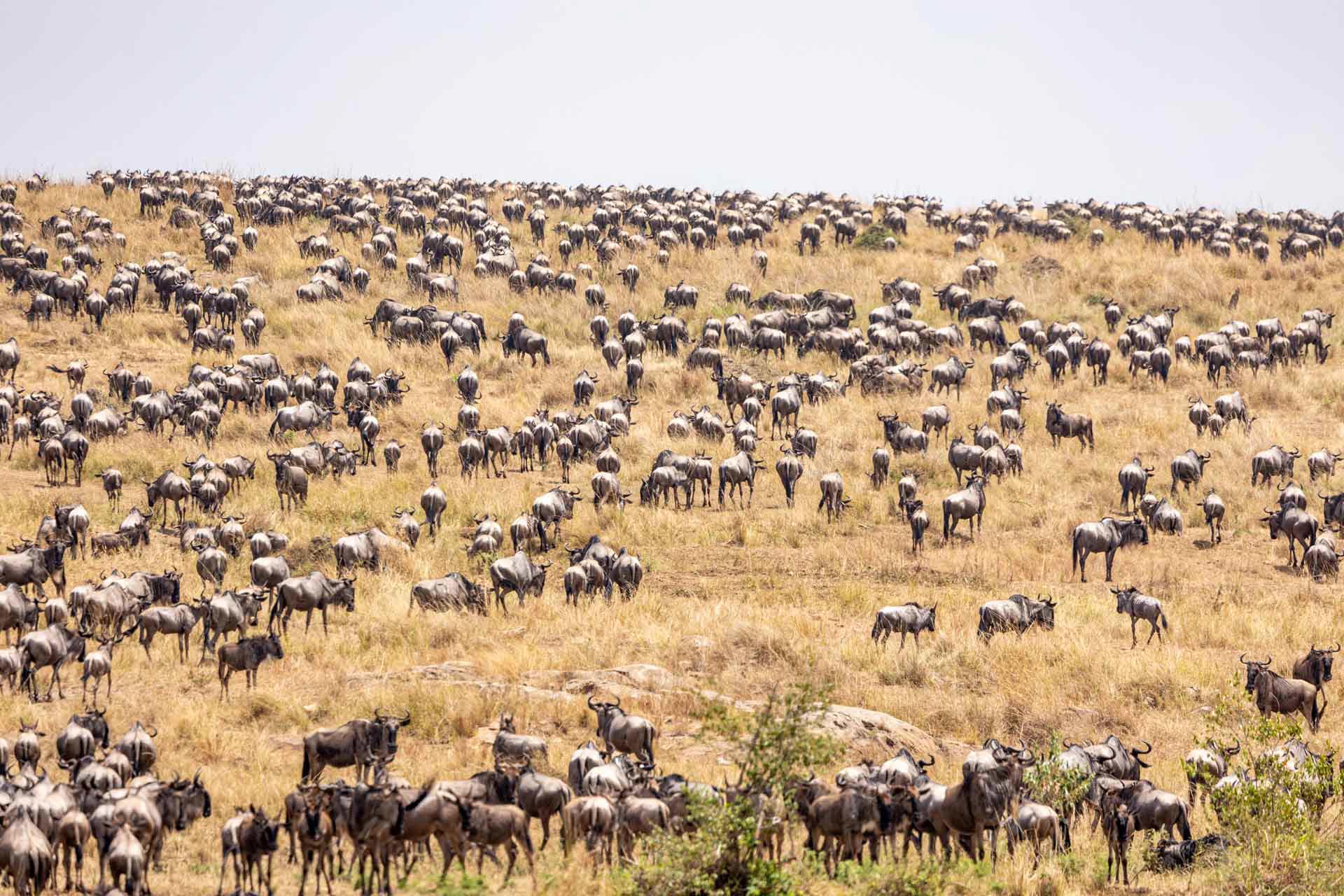
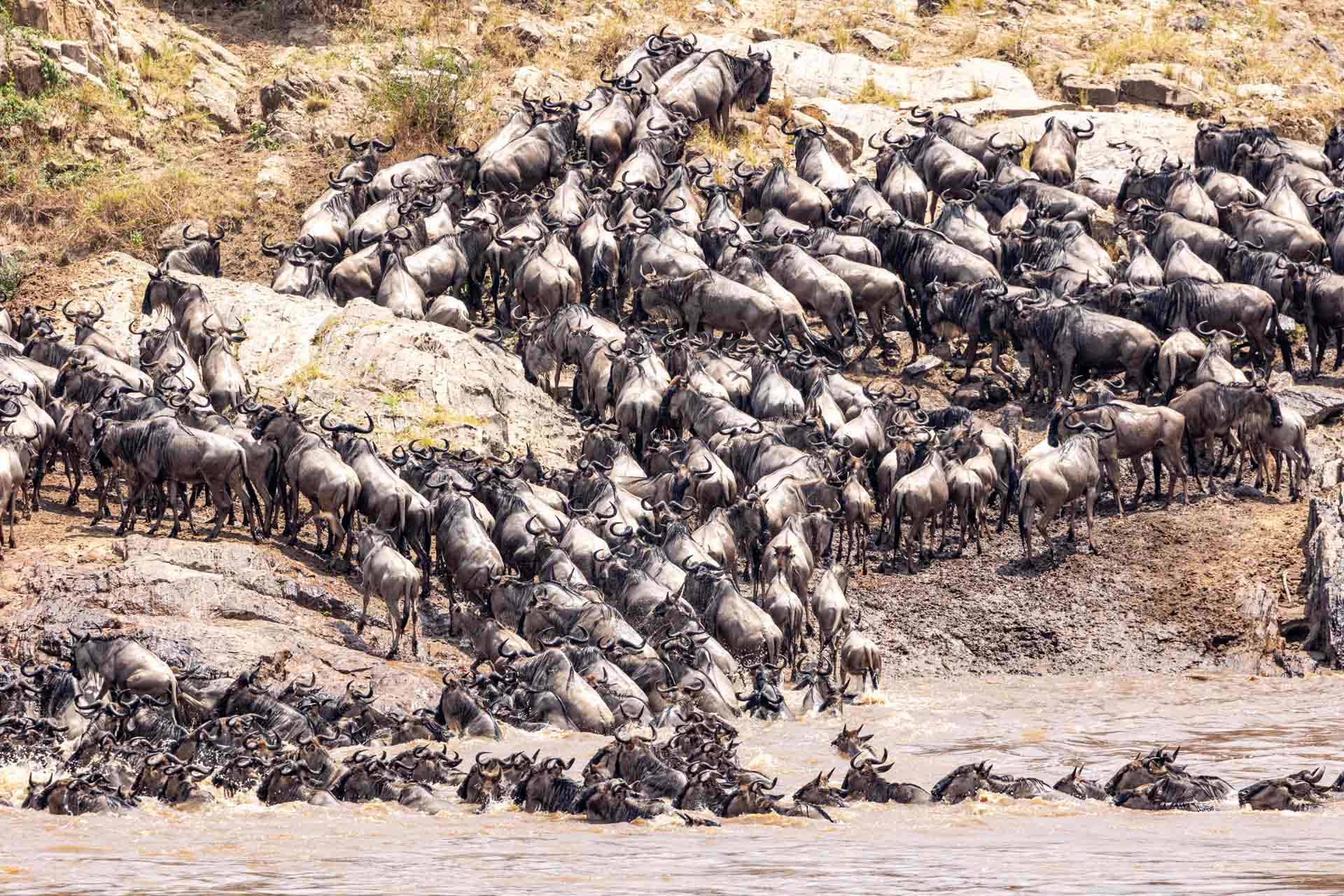
The very next day, we waited for hours again but did not manage to see a crossing. We did not give up, however, and at around 5pm, we went to the main crossing point where a group of zebras and a few wildebeest congregated near the bank of the river. The sun was setting, and the animals seemed very anxious. In the water, we could see multiple crocodiles raise their heads above the water in anticipation of what was about to happen. There were also several hippos present, directly in the path of where the crossing was going to be. Witnessing nature’s power can be awe-inspiring but also heartbreaking.
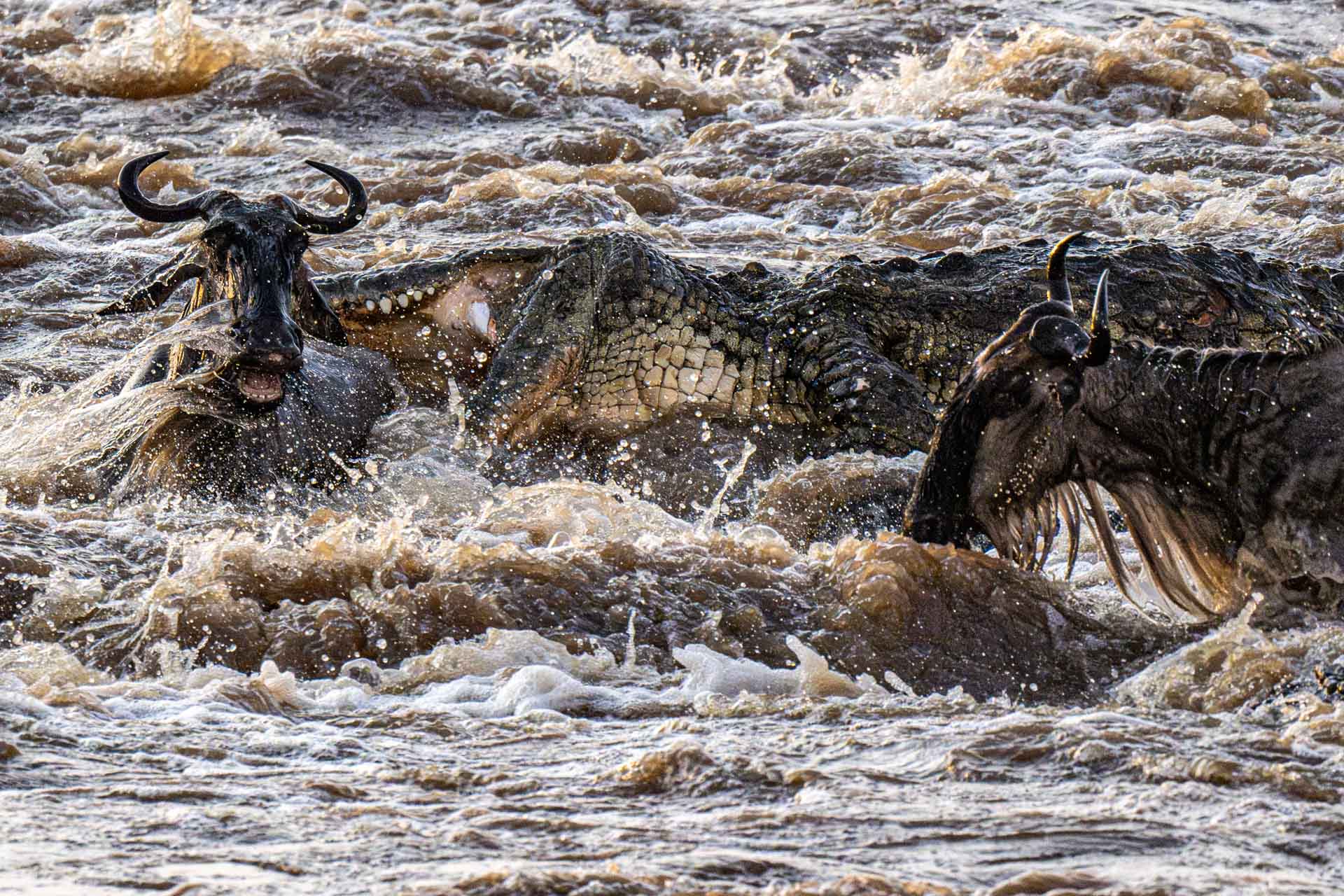
As we watched both zebra and wildebeest cross the turbulent waters, we saw a large male hippo launch a furious attack on a poor young zebra. Hippos are incredibly territorial and aggressive animals. Even though they seem docile when lounging in the water, they are actually highly protective of their territory, especially bodies of water. Even though not a threat, a baby zebra could be seen as one to an aggressive male hippo. Hippos also have relatively poor eyesight, and an act of accidental aggression could be easily expressed in the chaos of a crossing.
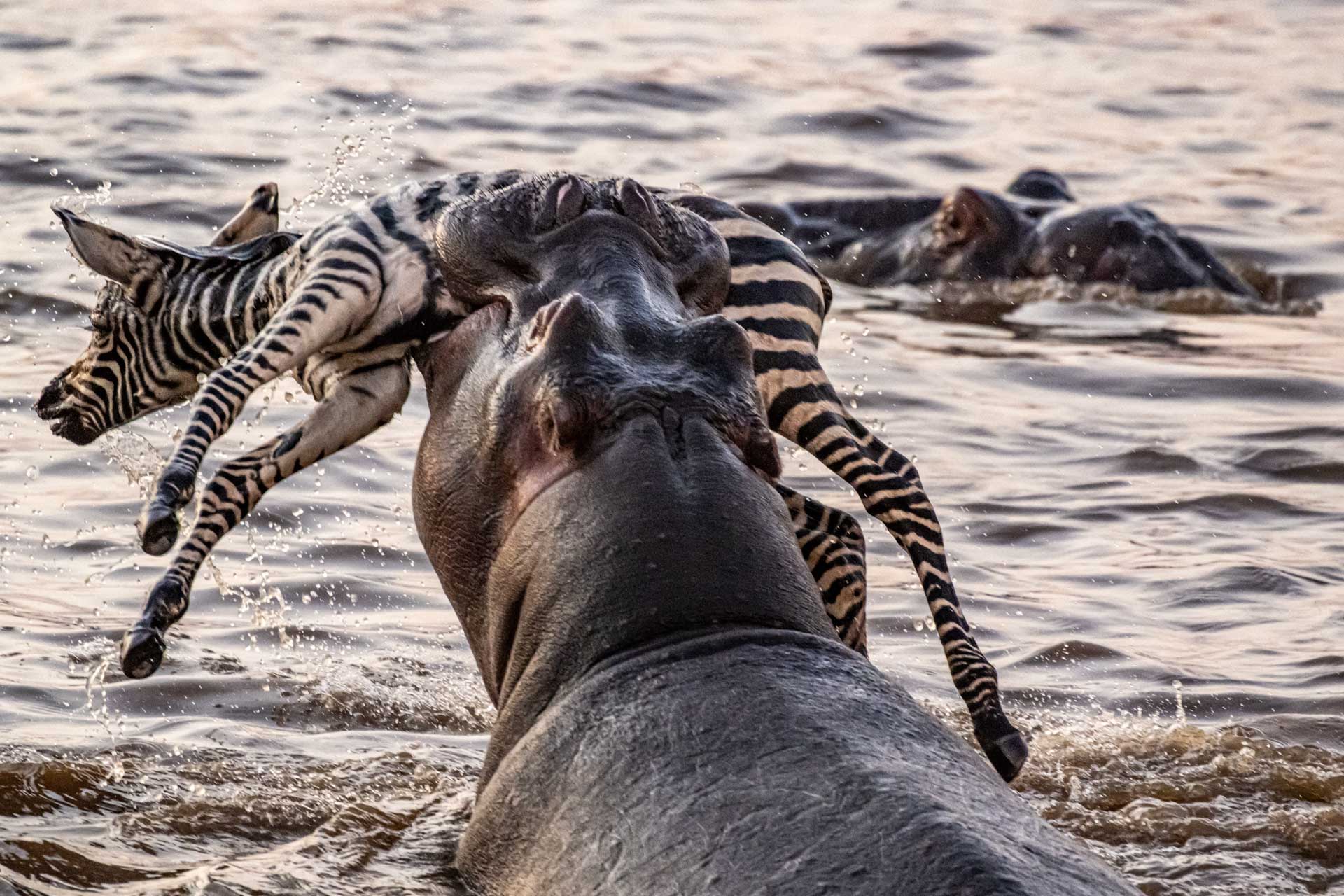

This week, the Angama lioness and the Owino pride male were spotted just down the escarpment. Guide Lemaalo and some of our guests were treated to an incredible sighting. This newly formed coalition, especially the Angama lioness, continues to dominate this part of the Mara, specializing in taking down prey much larger than them. Rangers spotted that she was stalking a dazzle of zebras, and guest vehicles were told to safely position themselves on the road away from where she was walking.
Low to the ground, she slowly moved through the grass and hid in a bush until a few zebras actually walked towards her. Then, in the blink of an eye, with a burst of power, her predatory prowess was on full display as she picked off a single zebra and brought it down. After slowly suffocating the animal, she brought it into a small ravine where it was well hidden from other predators and scavengers. Not long after, her two cubs appeared out of the grass and began feeding on the kill. The same guests returned within 24 hours, and all that was left was the liver, which suggests the zebra might have been sick.
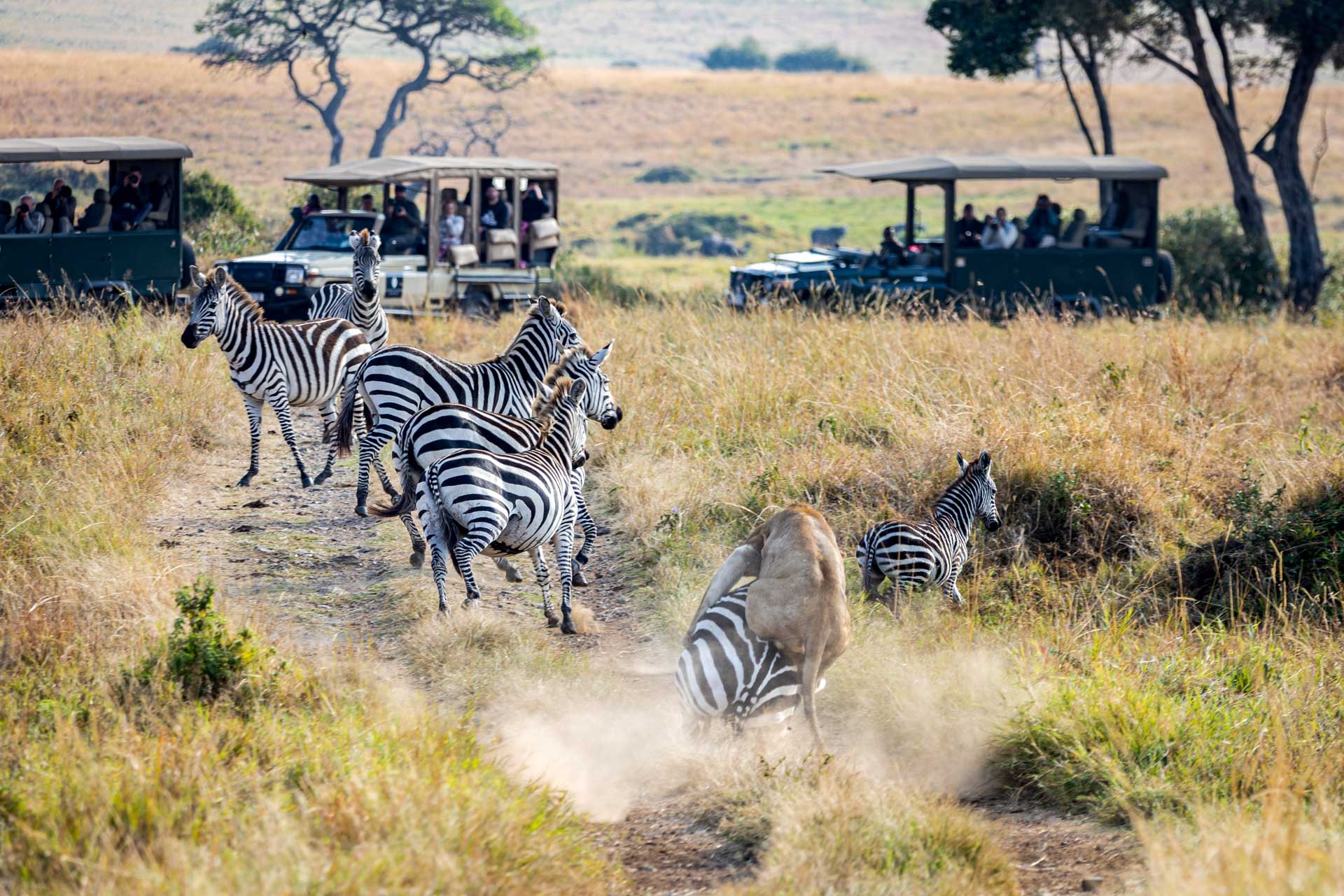
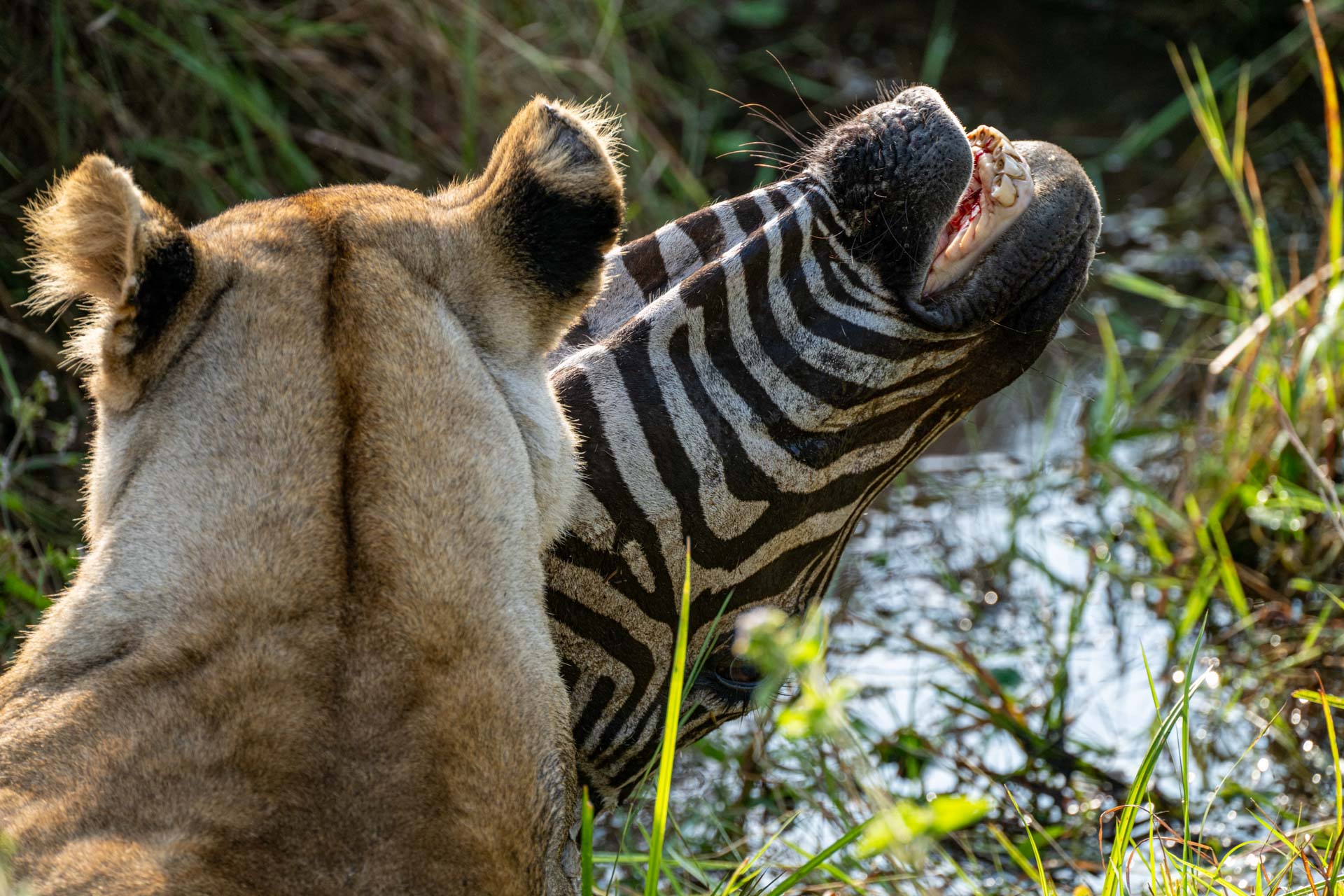
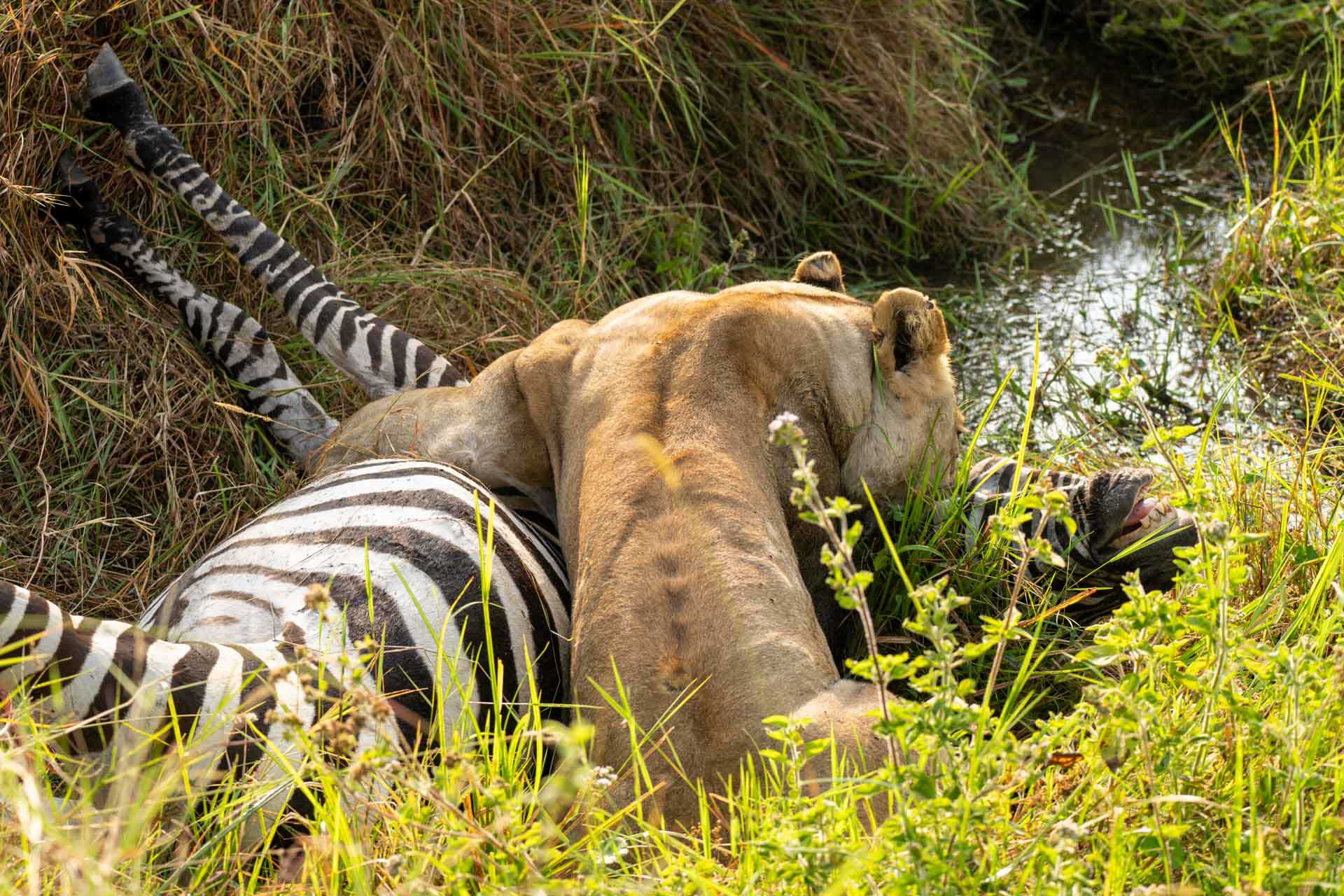
One of our guests had a wonderful sighting of an adult serval cat. As the sun dipped below the horizon, it slowly emerged from the tall grass. These creatures are primarily nocturnal animals and have excellent night vision. They also have a keen sense of hearing with large ears, making them highly adapted to hunting in the darkness. Because night drives are not permitted in the Park, you will best see these creatures move through the landscape during dusk and dawn as they look for food and water.
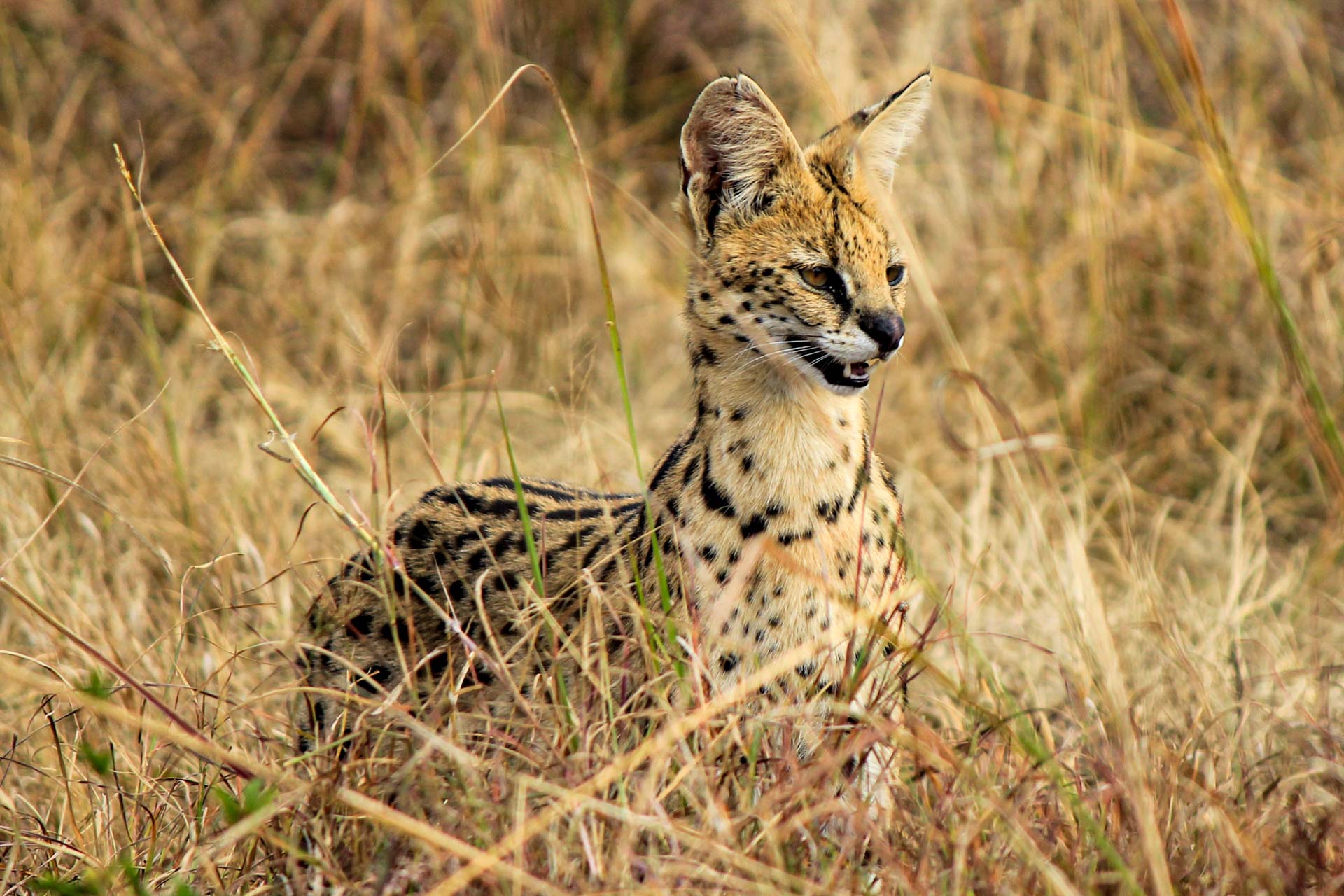
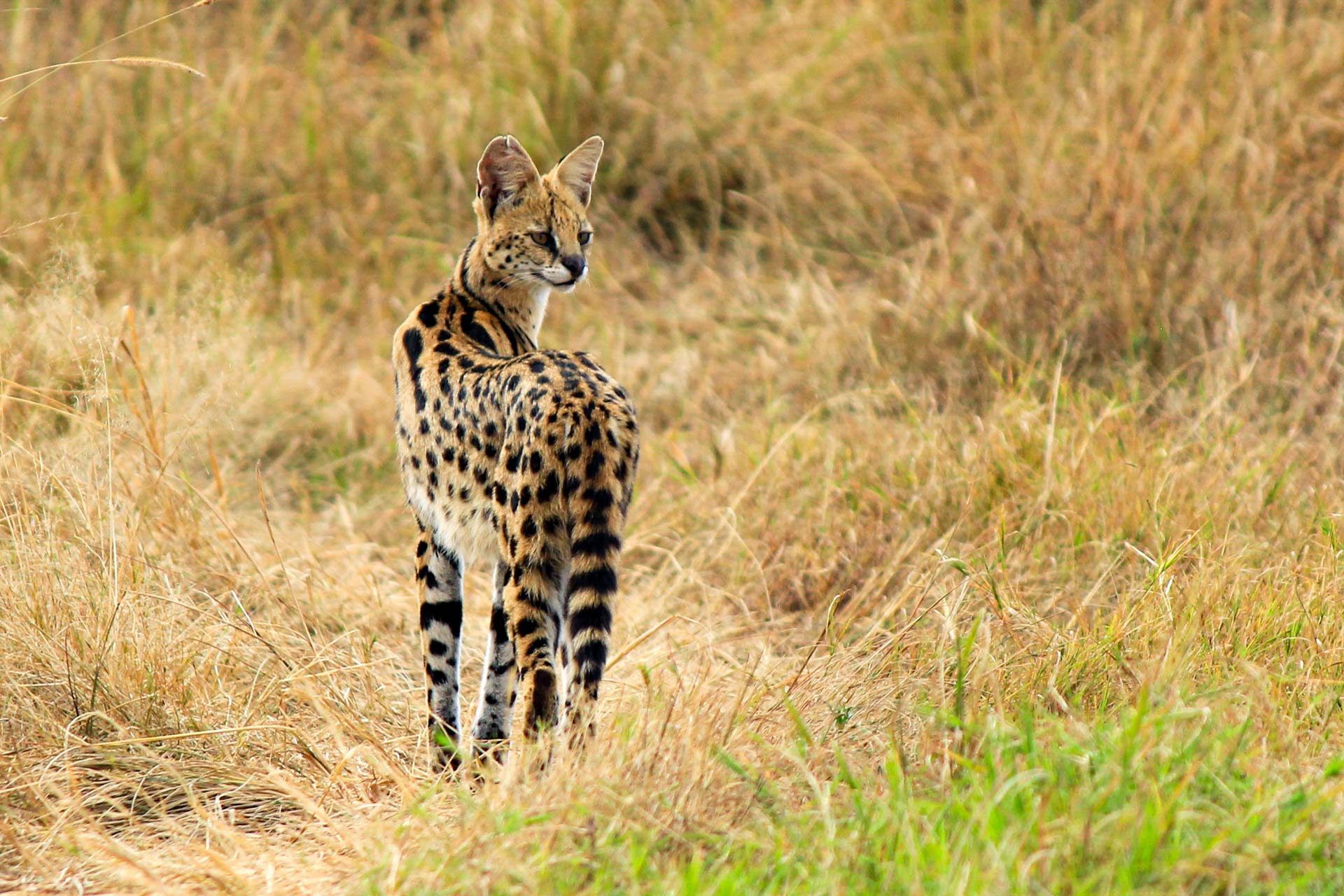
Rio, one of our newest members of the TAPS team, has a plethora of knowledge on the below species and has worked with them in the past. Upon reviewing the images, we were able to see clear notches in both ears of the animal. He explained to me how all of these animals are notched at three years old. Notching is a crucial conservation technique that allows the protection and monitoring of this critically endangered species. One of the most special things about the Mara population is that they are all indigenous, never having been translocated from another place.

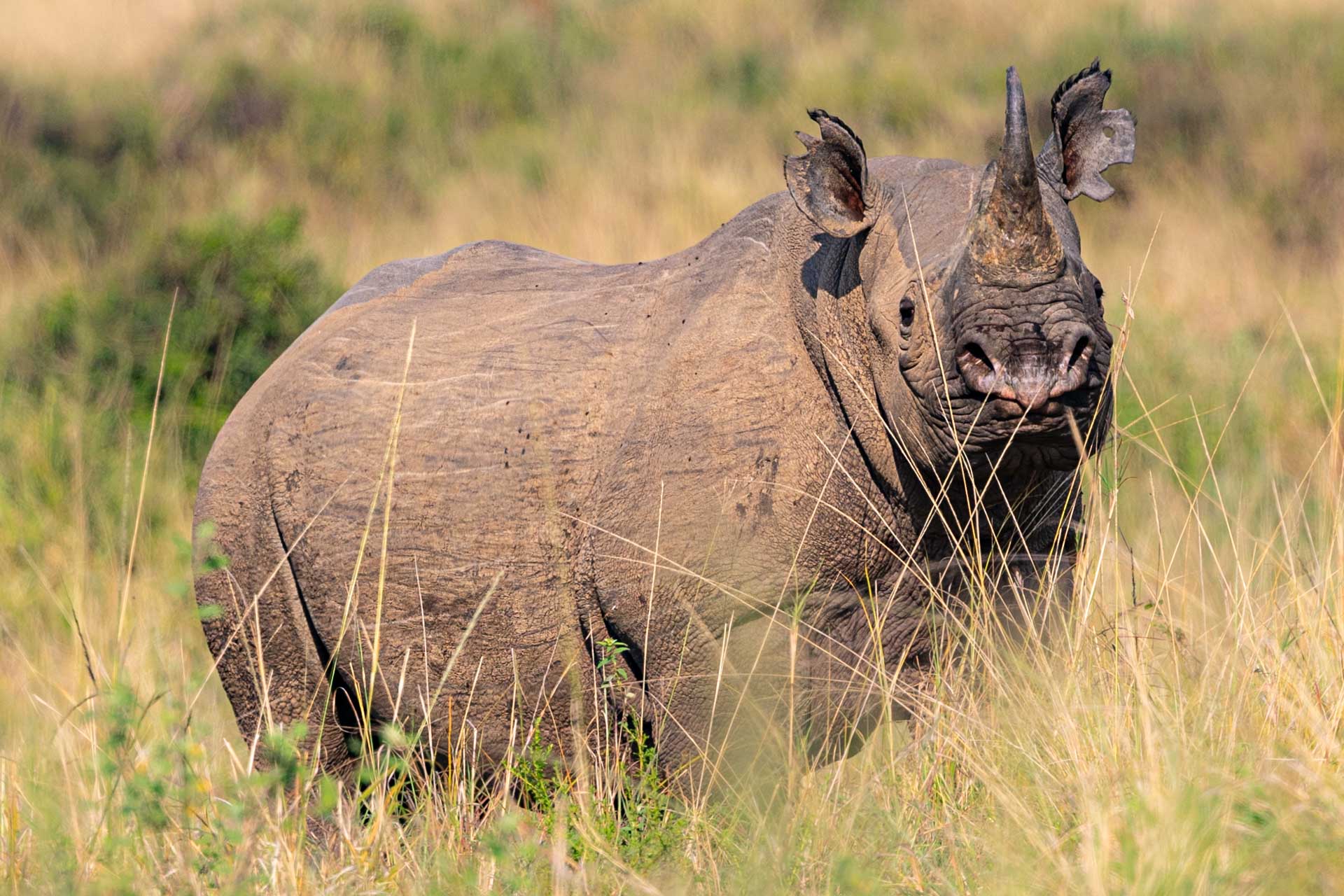
To end this week, we caught some of the avian wonders that patrol the endless skies of the Triangle: the long-crested eagle with its crest and regal crown; the elusive Coqui francolin, a master of camouflage with a clear and resonant call; on reeds by the water, the dazzling Malachite kingfisher with its brilliant, iridescent colours; and finally, as we waited for a crossing in the evening hours along the Mara River, a towering yellow-billed stork, wading gracefully through the water. –Andrew Andrawes
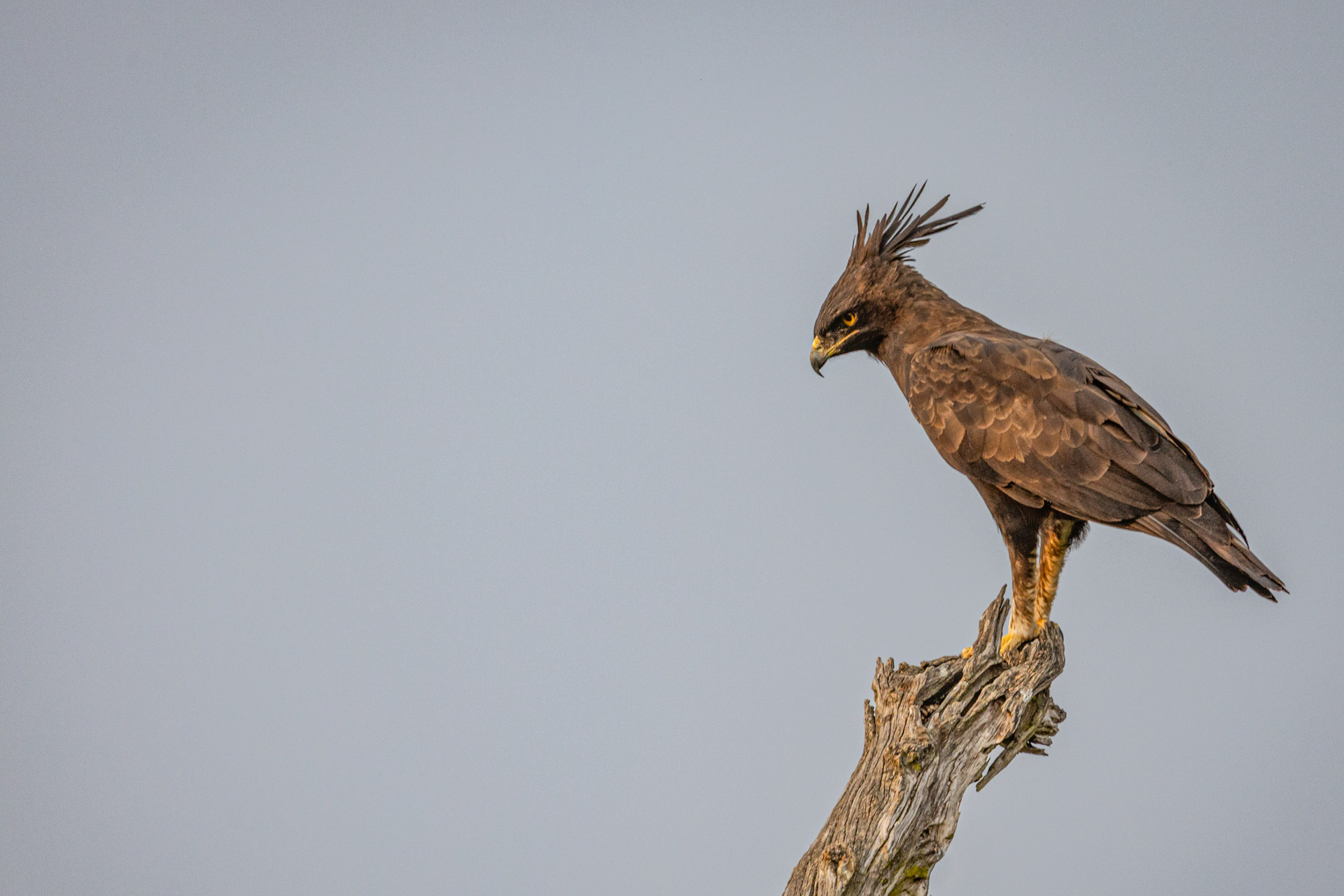
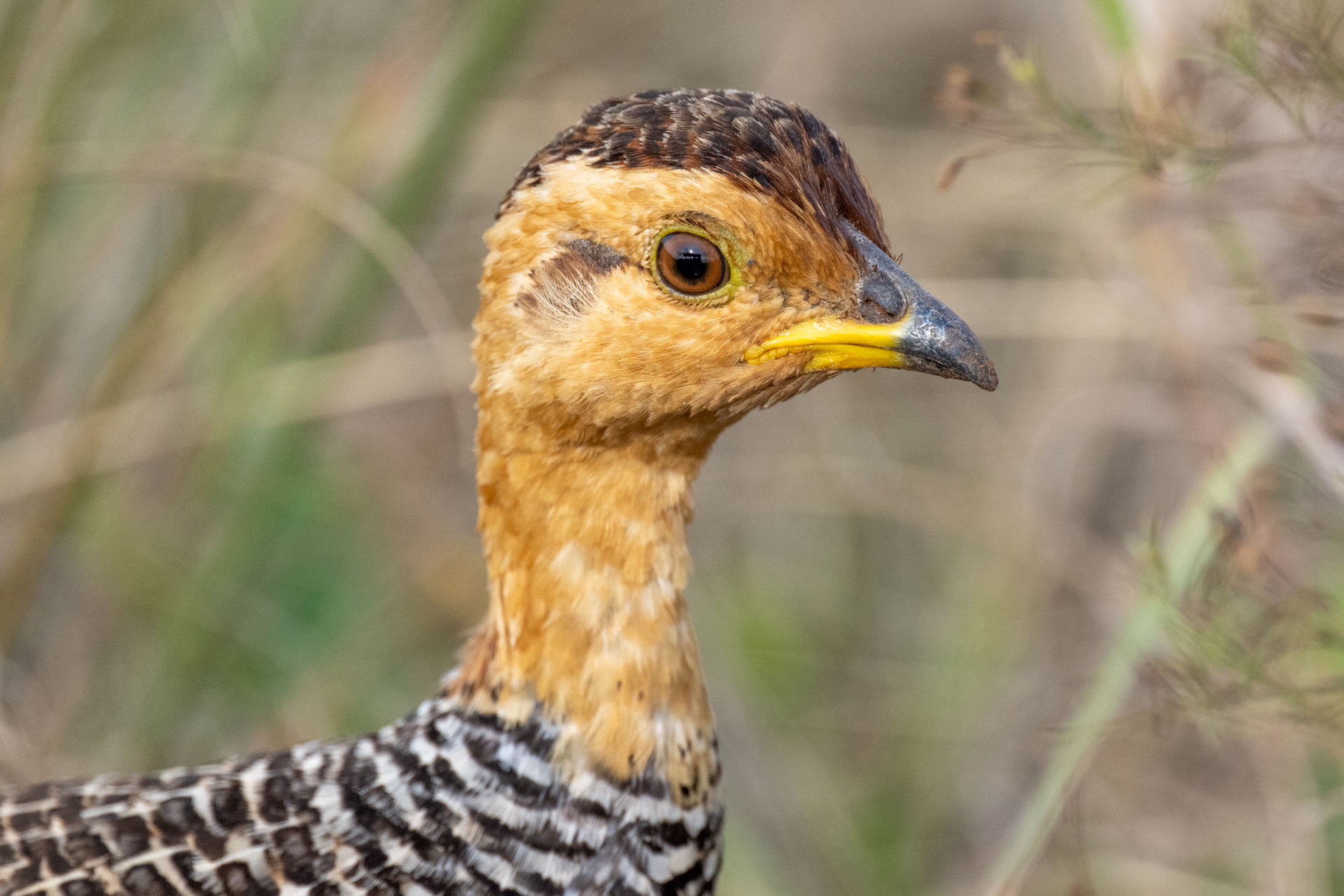
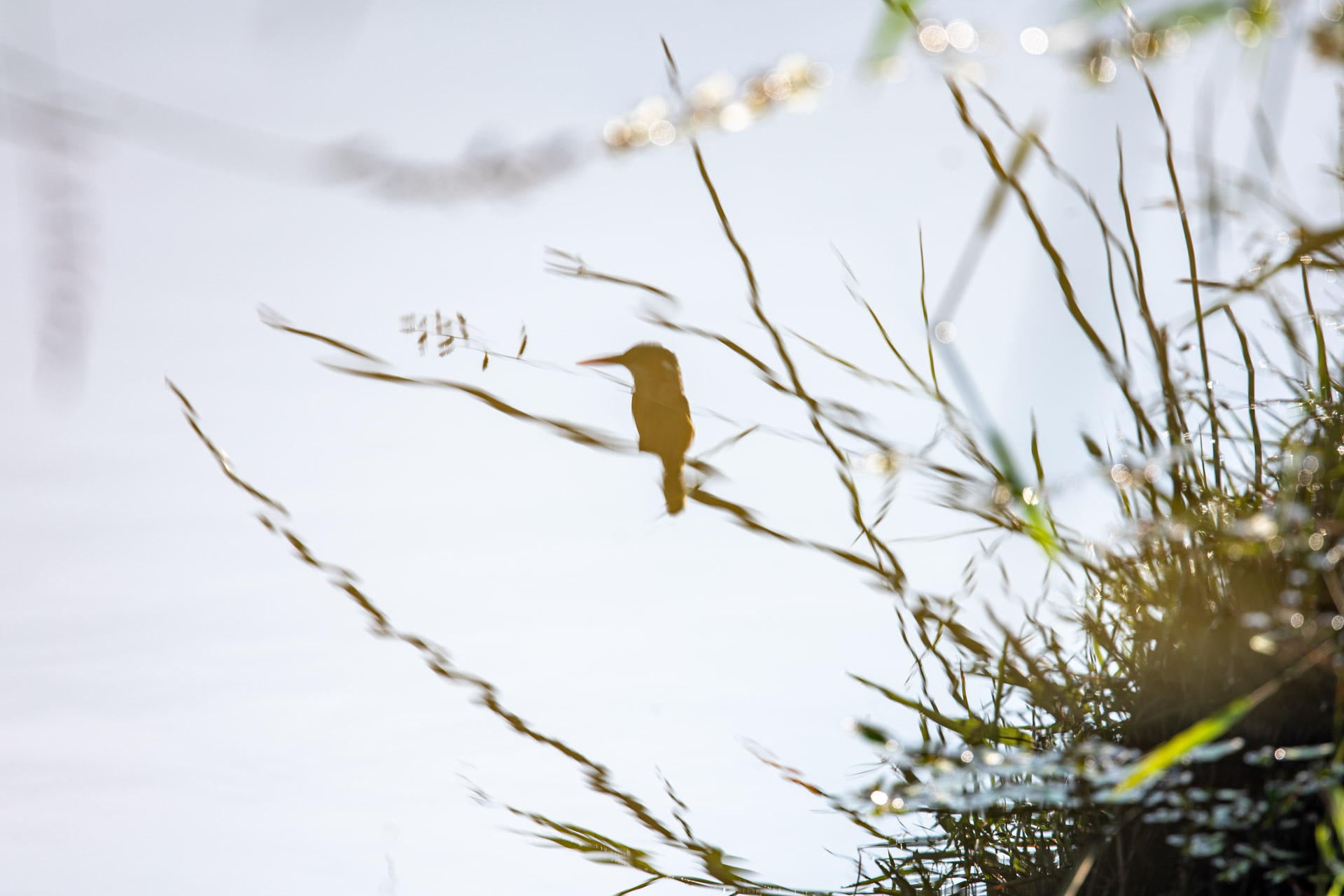
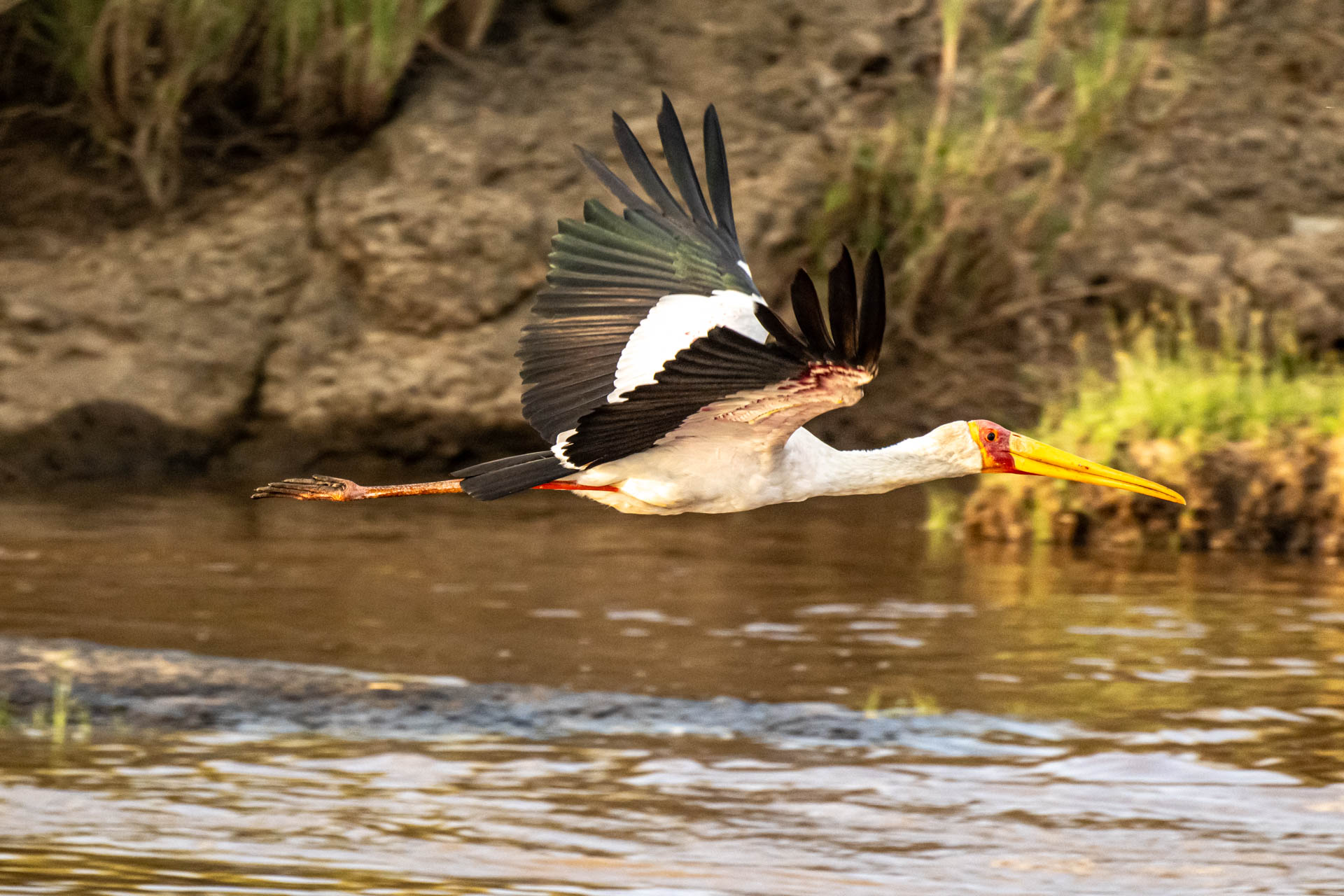
The recent arrival of two female lionesses in Kimana Sanctuary marked the beginning of a more balanced ecosystem and more stabilized social structures with the two established males. One of the females is heavily pregnant while the other one is still prancing around with the more dominant M263 male.
Surprisingly, we have observed M263 becoming aggressive towards the pregnant lioness multiple times. This behaviour is intriguing because males typically exhibit this kind of aggression towards other males, not females. Additionally, we noticed the pregnant female displayed the flehmen response toward her mating sister. Although this is commonly seen with male lions to detect females in estrus, female lions also exhibit this behaviour to detect pheromones related to the reproductive status of other lions in the pride or territory. Perhaps we will have two litters soon.
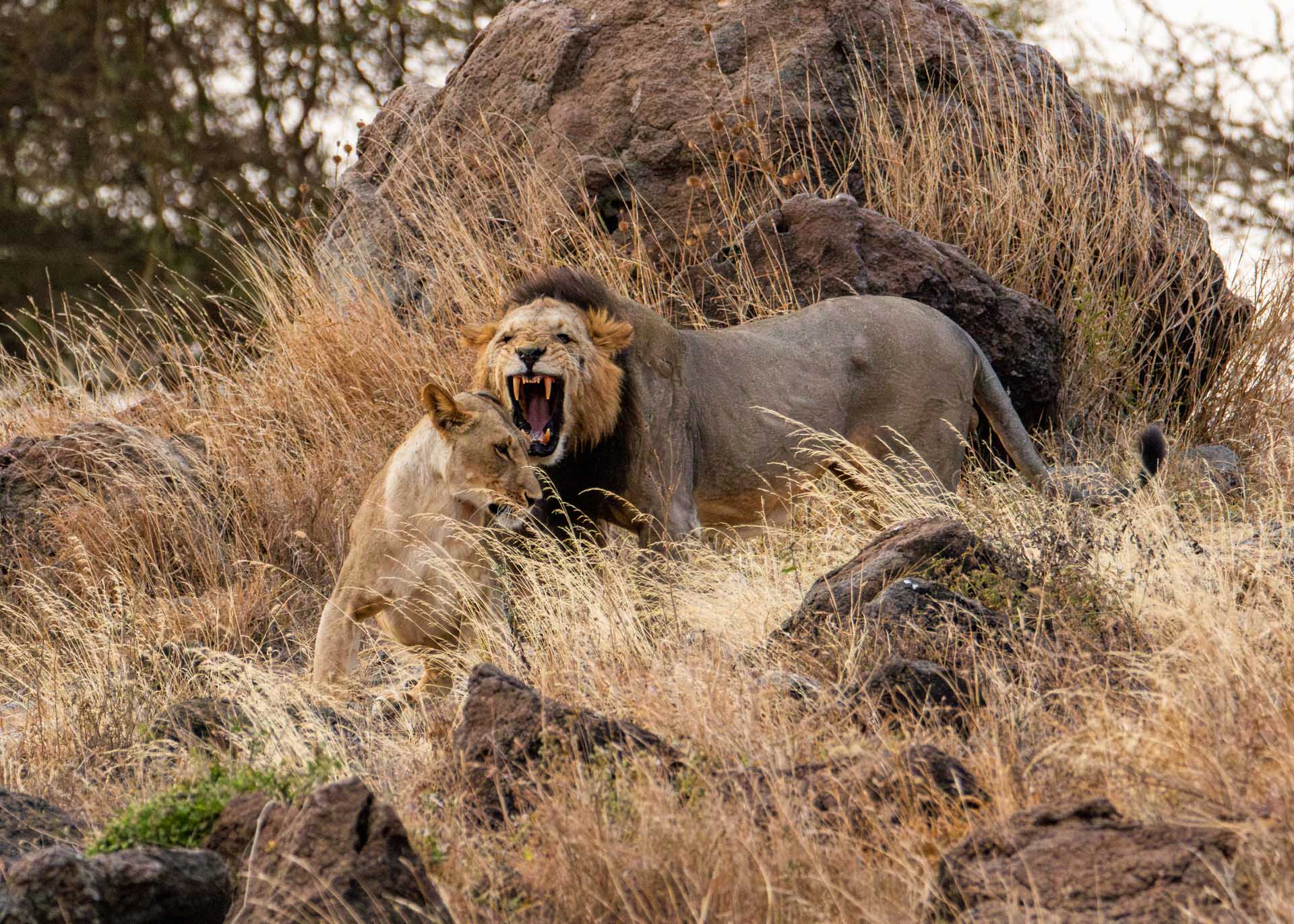

The Sanctuary provides a protected haven for these lions, with no rival prides and an abundant warthog population that needs to be kept in check. Unlike the Mara, here you can experience the thrill of night drives, as the powerful roar of a male lion resonates through your very core, creating an unforgettable encounter.

Towards the National Park, a big bull elephant in musth was making his rounds between family units seeking out a potential female in estrus. During this period of heightened testosterone in male elephants, they can cover vast distances from one family to another and sometimes will display erratic behaviour.
As the towering male loomed over the females, his strong scent was irresistible to them. With graceful movements, he assessed each female for receptiveness, creating an electrifying buzz within the group. Some females couldn't help but display their excitement by urinating, thus welcoming him closer. The pungent smell of a musth bull plays a crucial role in elephant mating dynamics, serving as an important chemical communication for females in estrus and looking for a strong, fertile mate.
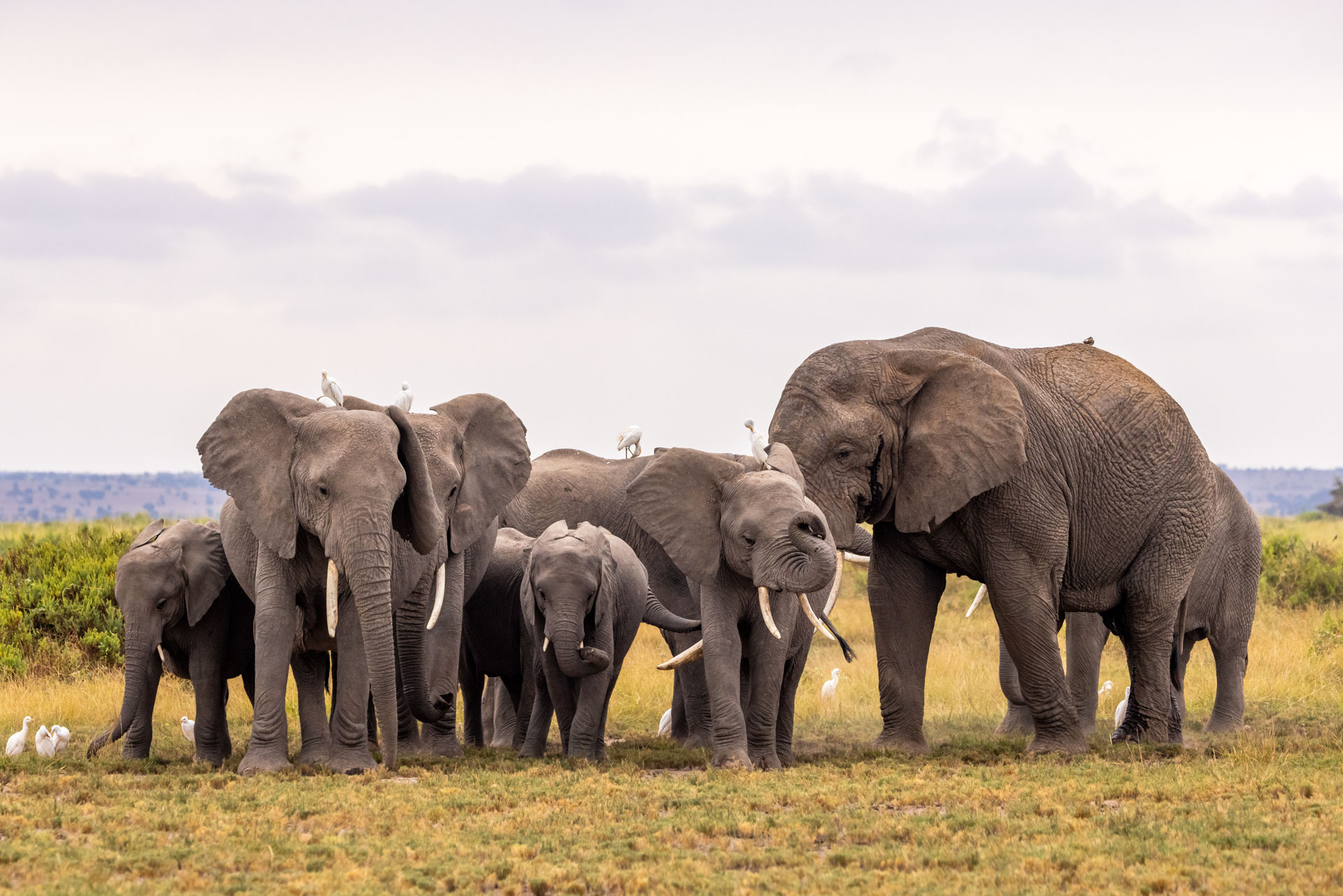

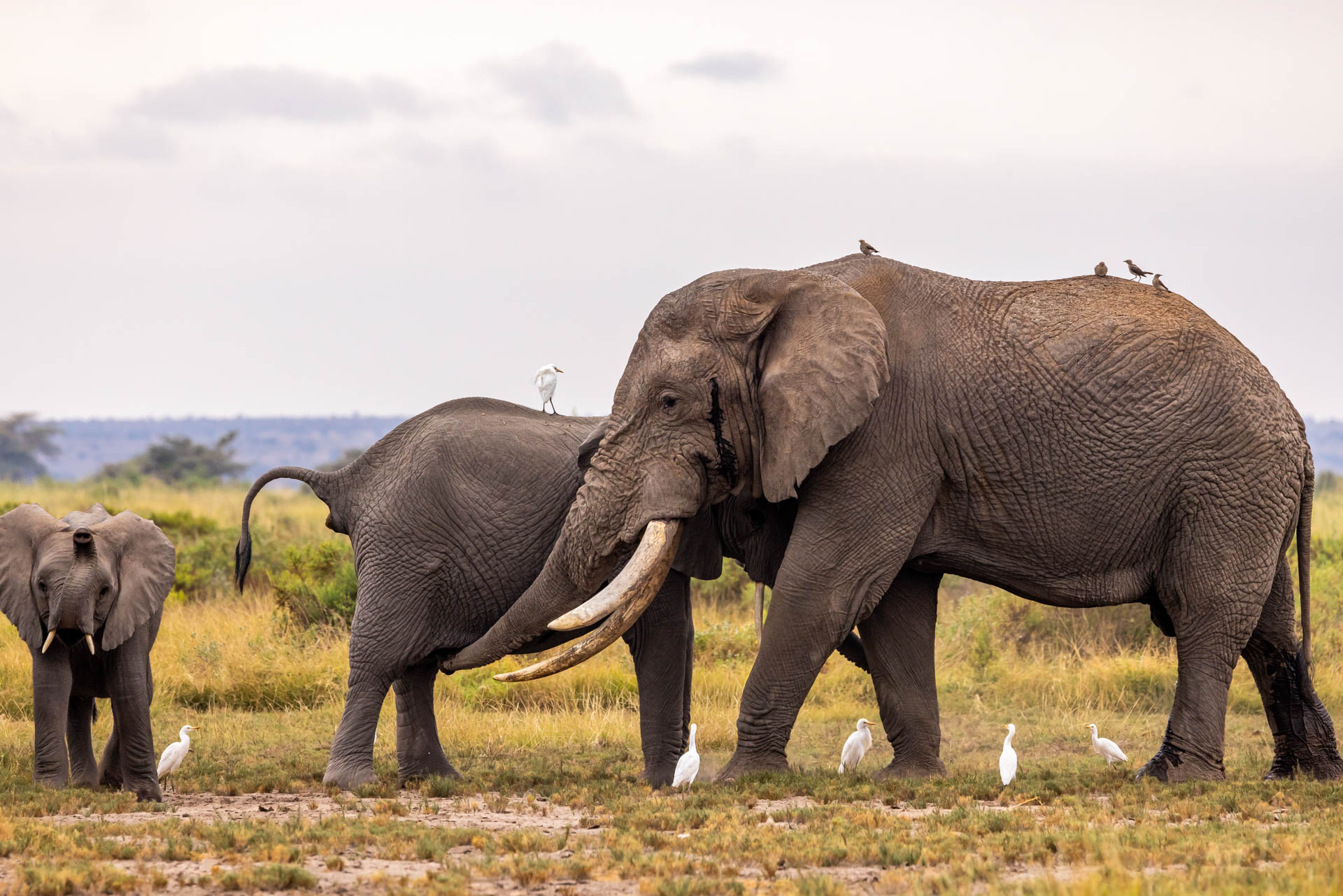

We left the giant still making his rounds and encountered this male lion coming from the edges of the swamp heading towards a shady area. He seemed to have enjoyed a successful feast the previous night, as evidenced by his bulging stomach. The two main swamps in Amboseli serve as an oasis in this region during the dry season, attracting prey and creating an ideal hunting ground for predators like this lion.

Back in the Sanctuary, we are still honoured by the presence of Super Tusker Pascal. This 44-year-old bull is in his prime, standing tall with quite an impressive pair of tusks. Like a general, younger bulls tend to follow older gents like Pascal, learning essential behaviours and survival skills, such as finding food, locating water sources and understanding the complex social dynamics of elephant herds.

Older bulls also possess a wealth of experience handling threats, including predators and human interactions. Younger bulls can greatly benefit from this experience by sticking close to older bulls, especially in unfamiliar or dangerous situations. In addition, they can emulate the older bulls' behaviours, such as those associated with musth, asserting dominance over other males, interacting with other elephants, foraging or dust bathing, as evidenced by Pascal's actions here. –Robert Sayialel

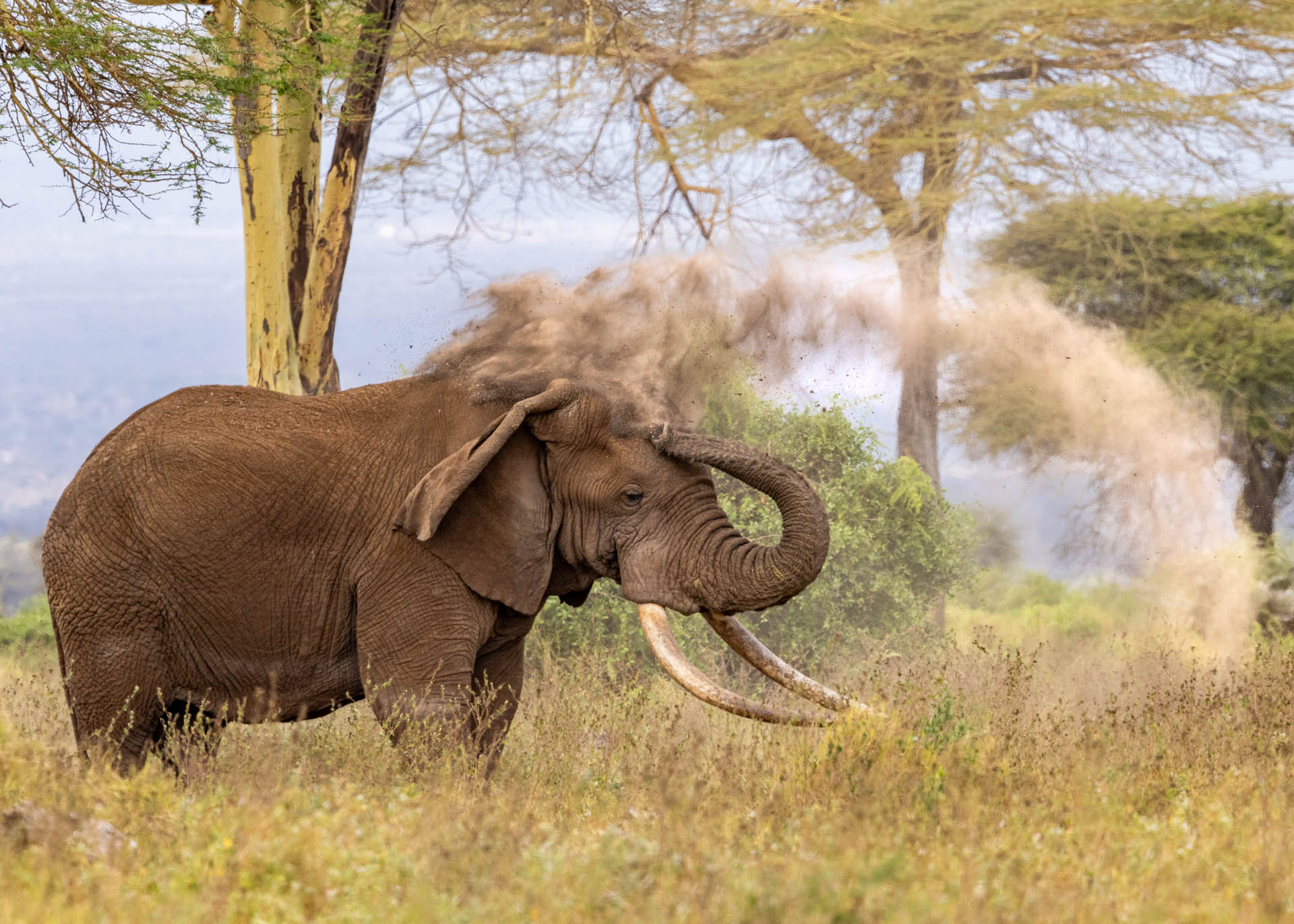
Filed under: This Week at Angama
Subscribe for Weekly Stories
Comments (0):
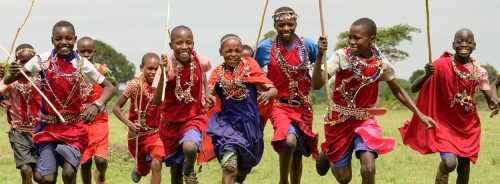
The Angama Foundation